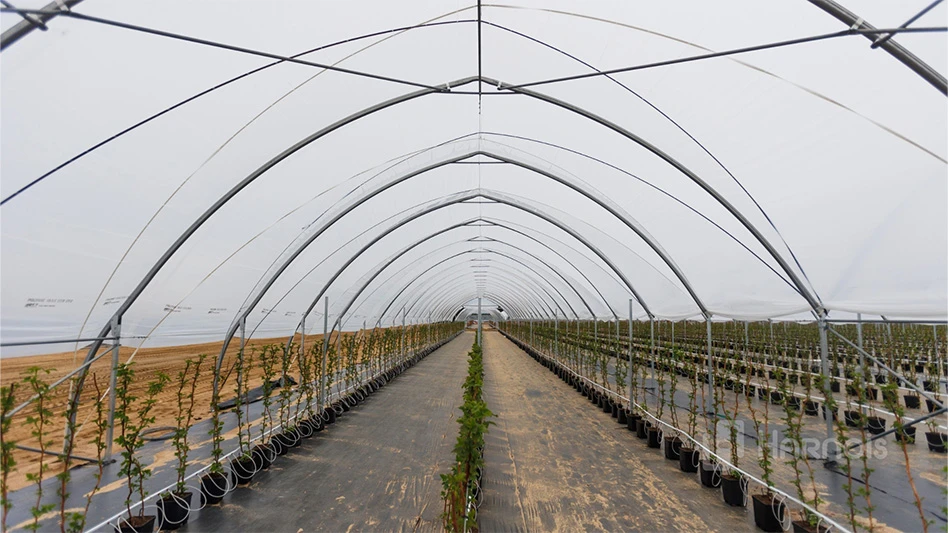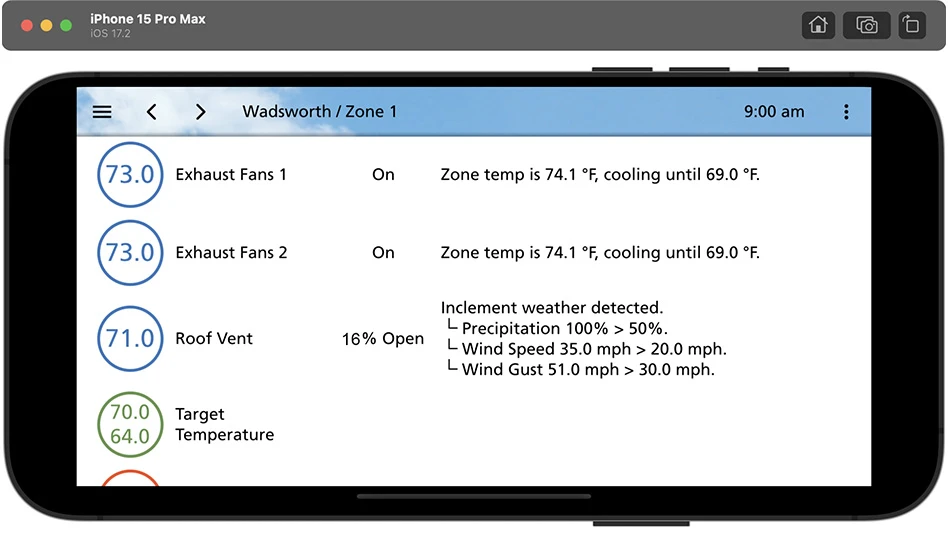.jpg) John W. Bartok, Jr. Greenhouse space is usually at a premium in the spring. If you have done a good job marketing your crops, you may need extra production space. Rather than build new greenhouses, it may be better to lease some space especially with the uncertain economic conditions.
John W. Bartok, Jr. Greenhouse space is usually at a premium in the spring. If you have done a good job marketing your crops, you may need extra production space. Rather than build new greenhouses, it may be better to lease some space especially with the uncertain economic conditions.
For other growers, the sluggish economy may have affected sales. Some growers are shutting down parts of their facilities to save on heat and labor. Leasing part of your greenhouse space may be an option to help pay the mortgage and taxes.
There are many considerations when entering into a lease agreement. The following factors should be considered.
Location of the greenhouse
Where is the greenhouse located and who will manage it? If the greenhouse is close by the existing facility, then travel between the two operations is not very expensive. If the two locations are a considerable distance apart, then a separate manager and staff may be needed. Also, additional equipment may be needed to fill containers and move plants.
In some cases it may be possible to hire the landlord to operate the greenhouse space and provide management and oversight. This should be separate from the lease agreement.
Type, condition of the greenhouse
Are the greenhouses modern with good environmental controls? Or are they obsolete with space that the owner has not been able to make profitable? Most greenhouse space that I have seen being leased is of the latter type. Frequently this space has poor energy conservation and heating equipment. Take this into account when determining the value and cost.
Cost of leasing
Leases can be set up on a monthly basis or on an annual rent with payment monthly. They are usually based on a gross square foot basis. Typical costs in the Northeast are $0.10–$0.25 per square foot per month. Added costs for heat, water, electricity and sewage treatment are usually the responsibility of the tenant as they are variable and depend on the level of use. Taxes, maintenance and insurance may be included in the cost or may be paid by the tenant.
Additional facilities such as work area, storage space, coolers, carts and pesticide application and other equipment are usually billed as separate items.
Extension of lease
The tenant should have the option to renew or extend the lease if there has been no breach of contract. Terms of the renewal should include a cost of living adjustment. The renewal can be for a few months or for several years.
Operation of the tenant’s business
Provisions should be included in the contract to protect the landlord and the property. These might include complying with local regulations, excessive noise and after-hours activity. The operation should follow best management practices as far as fertilizer and pesticide usage.
Landlord right of entry
The lease usually allows the landlord the right of entry to the greenhouse for inspection and maintenance. These actions should not interfere with the conduct of the tenant’s business.
Access and parking
Where part of a greenhouse facility is being leased, it is best to spell out where access and parking are allowed so as not to interfere with normal operation of the remaining part of the facility.
Maintenance and repairs
The contract should spell out who is responsible for maintenance and repairs of the facilities. If capable, this is best done by the landlord as he/she is most familiar with the buildings and where the utilities are located. Minor repairs can be delegated to the tenant.
Modification of the facilities
Frequently the tenant wants or needs to modify the equipment or layout to suit the production method. Energy conservation measures are a typical example. This should be allowed in the lease with certain provisions.
Permits, if needed, should be obtained from the local zoning, building and wetlands officials. The cost of these permits should be paid for by the tenant.
Remodeling should be done to be consistent with good engineering practices and quality. Modifications usually remain with the building after the lease is terminated.
Insurance
The tenant should be responsible for providing enough hazard insurance to cover any property damage from wind, fire, flood and other natural disasters. Usually the town appraised value is used for setting the value. General public liability insurance in the amount of at least $1 million for injury or death should be carried by the tenant. Copies of insurance policies should be given to the landlord.
Default
The lease contract should spell out what constitutes default by the tenant and how the lease can be terminated. The type of notices that are given and the length of time before action can be taken are also needed. Once default is declared, and a reasonable time period lapses, the landlord should have the right to take possession of the property and remove the remains of the tenants business.
Lease preparation
It is best to have a lease prepared by an attorney familiar with property lease agreements. Signatures should be signed before a notary.
John Bartok Jr. is faculty emeritus, University of Connecticut, Department of Natural Resources Management and Engineering, jbartok@rcn.com.

Explore the January 2010 Issue
Check out more from this issue and find your next story to read.
Latest from Greenhouse Management
- Star Roses and Plants introduces Martha Stewart Rose
- Hoffman Nursery announces David Hoffman as CEO, Craig Reynolds as COO
- Plantpeddler releases Poinsettia Variety Day 2024 results
- Sarisa insecticide now registered for drench applications and many common greenhouse vegetable crops
- Ball FloraPlant launches redesigned website
- Costa Farms wins Top 10 Marketing Team at 2024 OnCon Icon Awards
- Thank you(!)
- Construction begins at Dramm’s Fish Fertilizer Facility in Wisconsin





